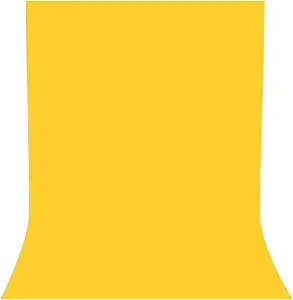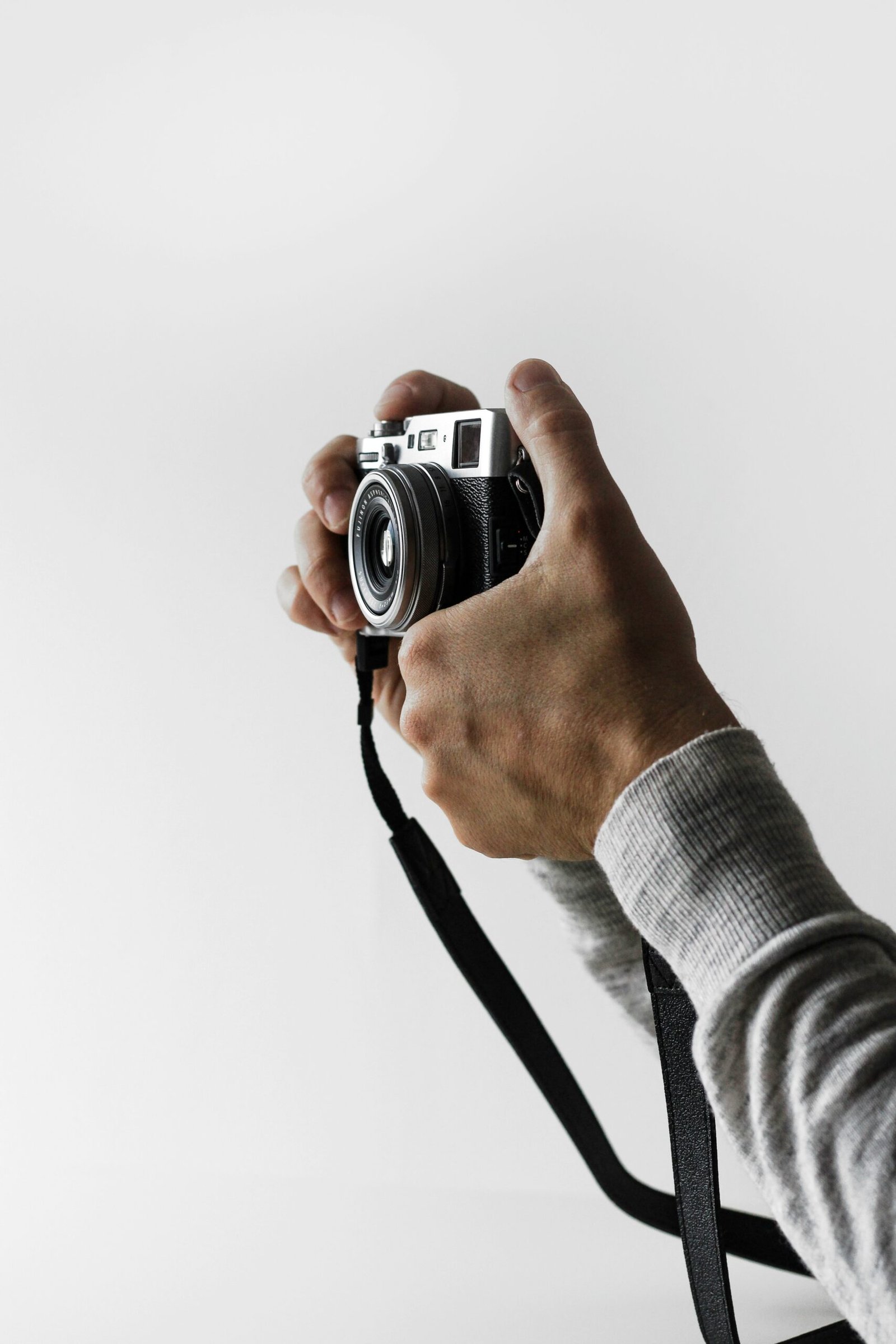
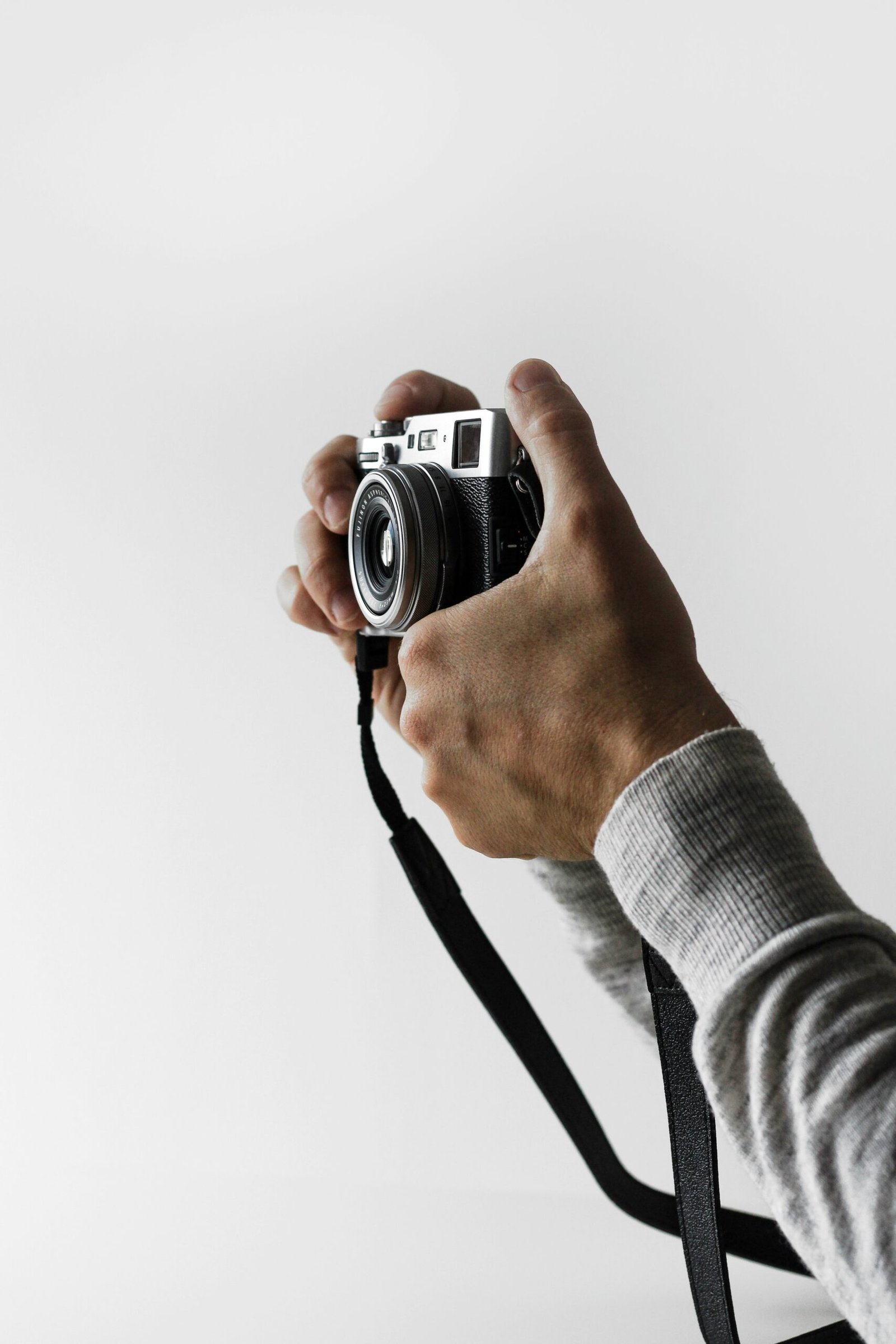
Understanding Your Photography Needs
When embarking on the journey of creating a home photography studio, it is crucial to first comprehend your specific photography needs. This involves identifying the type of photography you wish to pursue, as each niche has distinct requirements that will significantly influence your equipment choices.
For beginners, popular genres include portrait, product, and lifestyle photography. Portrait photography focuses on capturing the essence of individuals, often requiring soft lighting and backdrops that enhance the subject’s features. Conversely, product photography aims to highlight merchandise in a visually appealing manner, necessitating specialized lighting setups and possibly macro lenses to capture intricate details. Lifestyle photography, which combines elements of both portrait and product photography, emphasizes storytelling through images that depict real-life situations and emotion. Each of these styles demands different equipment, which is essential for achieving the desired outcomes.
Understanding your target audience is also a pivotal aspect of defining your photography goals. The people you intend to reach can affect decisions regarding the style, lighting, and overall presentation of your work. For instance, if your primary audience consists of fashion enthusiasts, you might prioritize lighting setups that bring out textures and colors, while a focus on product photography for an e-commerce site might lead you towards high-quality tripods and studio lights that can uniformly illuminate products.
Ultimately, taking the time to clearly outline your photography objectives will serve as a roadmap for selecting the appropriate equipment for your home studio. With clarity on your goals and understanding of your audience, you will be better positioned to invest wisely in the necessary tools that will aid you in fulfilling your creative vision.
Essential Camera Gear for Beginners
When setting up a home photography studio, selecting the right camera gear is pivotal for beginners. The journey into photography begins with choosing a suitable camera, and numerous options cater to the diverse needs of novice photographers. Primarily, two types of cameras stand out: DSLRs and mirrorless cameras. Both these camera types offer advanced features while remaining user-friendly, making them ideal for those new to the craft. DSLRs are known for their versatility and range of available lenses, while mirrorless cameras present a more compact design combined with superior video capabilities and electronic viewfinders.
For beginners who may prioritize convenience, high-end smartphones with potent camera features are a commendable alternative. Many smartphones offer impressive image quality, and their portability removes barriers to spontaneous shooting. Nevertheless, investing in either a DSLR or mirrorless camera can provide greater control over settings and image quality, ultimately leading to improved photography results.
Alongside the camera body, lenses play a critical role in photography since different focal lengths significantly alter the composition and style of images. A standard kit lens is usually included with many camera packages, but adding specialty lenses, such as a prime lens for portraits or a wide-angle lens for landscapes, can greatly enhance creative flexibility. Understanding the effect of various lenses on your photography will elevate your skills quicker than you might expect.
Another essential accessory is a sturdy tripod, which ensures stability and sharpness, particularly for longer exposure shots or when utilizing slow shutter speeds. A well-constructed tripod stabilizes the camera, allowing for more deliberate compositions. Lastly, consider other accessories such as camera bags, memory cards, and external flash units to further augment your home photography studio experience. With the right camera gear, beginners can embark on a rewarding photographic journey.
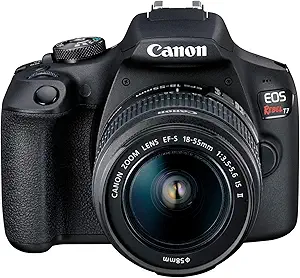
Lighting Equipment: The Key to Great Photography
Lighting is a fundamental component in photography, as it significantly influences the composition, mood, and overall quality of images. For beginners setting up a home photography studio, understanding how various lighting options work is essential to producing stunning photographs. The three primary sources of light available are natural light, continuous lights, and flash units, each offering unique advantages and considerations.
Natural light, often regarded as the most desirable option, is soft, diffused, and easily accessible through windows during the day. Utilizing natural light can create a warm ambiance, but it can also be unpredictable. As a result, many beginner photographers opt for continuous lights, which provide a steady source of illumination. These bulbs come in fluorescent, LED, and incandescent forms, making them versatile options for consistent lighting without the challenges posed by sunlight.
Flash units, on the other hand, deliver powerful bursts of light, enabling photographers to freeze action and capture details in bright conditions. The choice between an external or built-in flash will depend on personal preferences and shooting styles. For those on a budget, there are affordable lighting kits available that combine multiple sources, ensuring versatility while maintaining a reasonable cost.
To further enhance lighting setups, accessories such as reflectors, diffusers, and softboxes can be invaluable. Reflectors help bounce light, creating more interest and reducing harsh shadows. Diffusers serve to soften light, making it more flattering for portraits, while softboxes provide an even spread, mimicking the effects of natural light. By incorporating these tools, beginners can effectively manipulate and control lighting, paving the way for capturing exceptional photography in their home studios.
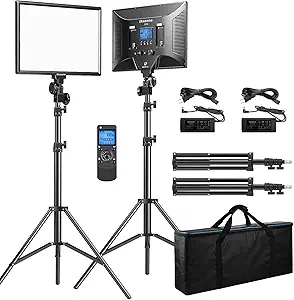
Backdrops and Props: Creating the Perfect Setting
The visual appeal of a photograph is significantly influenced by its backdrop and props. When setting up a home photography studio, selecting the right backdrop is essential for achieving striking results. Various options are available, each providing unique attributes suited for different styles of photography. Fabric backdrops, for instance, offer versatility and texture, allowing photographers to experiment with draping and alterations to enhance creativity. On the other hand, paper backdrops offer a clean, seamless look that can fit minimalist styles while also being easily replaced when worn. Painted boards serve as an artistic choice, adding color and context that can enhance the story conveyed through the image.
In addition to traditional backdrops, portable backdrop stands are invaluable for those who require mobility or space efficiency. These stands make it easy to transition between different backdrops, catering to various themes and aesthetics without the need for permanent installations. By using a combination of these options, photographers can create a customized setting that reflects their artistic vision.
Prop selection is equally critical in establishing the desired atmosphere of a photograph. Incorporating carefully chosen items can add depth and context, transforming a simple shot into a compelling narrative. Props can range from everyday objects like flowers and books to thematic items pertinent to the subject or event. These creative elements stimulate engagement by encouraging viewers to explore the story behind the image. Furthermore, props designed to evoke emotion or context can significantly enhance portrait photography, guiding viewers to connect on a personal level with the subject.
Ultimately, the importance of setting and environment cannot be overstated when striving for exceptional photography. By thoughtfully integrating backdrops and props, photographers can elevate their work, ensuring that their compositions are not only visually appealing but also rich with meaning.
